This year, the Qing Ming Festival takes place on April 4, 2021. It falls at the same time as the Easter weekend among Christians.
Families can visit the columbarium from March 20 to April 18, 2021 with strict control measures following the pandemic.
What is the Qing Ming Festival?
The Qing Ming Festival or Festival of Pure Luminosity, is one of the biggest events in China based on the lunar calendar. It officially begins 104 days after the winter solstice and the holiday is celebrated 15 days after the spring equinox. This is the time to honor the past with a spirit of celebration, reflection and renewal and to pay homage to the ancestors. It is also an opportunity to celebrate the warming of spring.
Qing Ming Festival has been designated in China as the national tomb cleaning day since 1935. (Sao-mù 扫墓).
Where do we celebrate Qing Ming (清明节)?
The Qing Ming Festival is a traditional Chinese festival observed by the Han Chinese from mainland China, Taiwan, Hong Kong, Macao, Malaysia, Singapore, Indonesia, Thailand and by the Chitty from Malaysia, Vietnam or Japan.
Ancestor worship is very important in all Chinese communities around the world. It is also called “Chinese Memorial Day” or “Ancestors’ Day”.
In Singapore, government-run columbariums (Choa Chu Kang, Mandai and Yishun Columbarium) extend opening hours by 24 hours a day during this period. Appointment scheduling during peak days.
In Hong Kong, the festival dates back to around 2,500 years. It is also known by other names such as “Festival for Tending Graves”, “Clear Bright Festival” and “Tomb Sweeping Day” ).
Qing Ming Festival is a national holiday in Taiwan. Every year on April 5, Taiwanese families remember their ancestors by cleaning up and offering sacrifices that may benefit the deceased.
In Vietnam, the Qing Ming festival takes place on month 3, day 3 of the lunar calendar. The Vietnamese have traditions similar to those of China: sweeping graves, spring outings, cold dishes, etc. Unlike China, it is not a public holiday.
The equivalents in the world
In Japan, the equivalent of Qing Ming is Obon. Every year, the spirits of ancestors return to this world to visit their loved ones. This year, this Japanese Buddhist-Confucian custom will take place from August 13 to 15, 2021.
Mexico celebrates the “festival del Dia de los Muertos” every year from October 31 to November 2. Floats, puppets, giant skeletons and more than 1000 actors, dancers and acrobats take part to celebrate the deceased.
Pchum Ben, ancestors’ feasts in Cambodia is a very popular religious holiday, the most celebrated in the Khmer calendar. It takes place on the fifteenth day of the tenth month of the Khmer calendar, at the end of Buddhist Lent, Vassa.
Cambodians gather to commemorate the spirits of the deceased. They pray and organize offerings in an attempt to free up to seven generations of ancestors. If the souls of the deceased do not see their families making offerings in a temple, the soul will be damned and will return to annoy the family during the year.
Chuseok, also known as Korean Thanksgiving Day, is one of the most important and festive holidays of the year. This year, Chuseok falls on September 20, Koreans traditionally return to their hometowns to celebrate their ancestors with their families.
In Western culture, All Saints’ Day falls on November 1. Families go to the cemetery to honor the dead and meditate on the graves of the deceased.
How do we wish the Qing Ming Festival?
The Chinese calendar indicates the date of the festival by two characters: ching (清) meaning pure or clean, and ming (明) meaning clear, luminosity. Combined together, Ching Ming (清明) means clean and righteous.
Traditional Japanese calendars also show this date. Hansik is its name in Korean culture.
The village markets offer Qing Ming decorations to be placed on graves and celebrate the Day of the Dead.
To honor the memory of the dead, we offer a sacrifice to our ancestors and we visit the graves of relatives and friends who have passed away. Millions of Chinese across the country go to the cemetery to clean the graves of ancestors. Family members bow and lay down food, flowers, incense and burnt paper money. Some are planting willows.
On “Grave Sweeping Day”, one should use appropriate greetings wishing peace for the day (清明 平安 – peace on Qing Ming) or all going well (清明 順利).
Vacation for Qing Ming
The Qing Ming Festival is associated with a 3-day holiday period. China has 7 public holidays in the year and 6 holiday periods:
January 1, 2021 – International New Year (guoji xinnian- 过新年)
From February 11 to 17, 2021 – Chinese New Year (chun jié- 春节)
April 5, 2021 – Chinese All Saints Day (Qing Ming Jie- 清明节)
May 1, 2021 – Labor Day (laodong jié- 劳动节)
June 14, 2021 – Dragon Boat Festival (duanwu jié- 端午节)
September 21, 2021 – Mid-Autumn Festival (zhongqiu jié- 中秋节)
From October 1 to 7, 2021 – National Day and Golden Week (guoqing jié- 郭庆 节)
Graves cleaning
Cleaning the graves involves quite a ritual. After weeding the area, cleaning the tombstone and replacing the faded flowers with fresh ones, incense is lit and counterfeit banknotes are burned. The burning of counterfeit money and consumer items serves the deceased in the afterlife. Food is placed in front of the tombstone as an offering to the spirits of the deceased.
Each family member then comes to the headstone, bows three times with their right fist cupped in their left hand. Some families eat the food at the grave, such as for a picnic with their deceased loved ones. Eating the food offered to the deceased would bring good luck. Firecrackers are set off to scare off evil spirits and alert deceased parents that they are there to pay homage. Today, the process at the cemetery is still the responsibility of the eldest son.
The legend of Ching Ming
The Grave Sweeping Festival dates back over 2,500 years. In 636 BC, Jie Zitui saved the life of Chong’er, prince of the principality of Jin, on the brink of famine. The latter promised to reward his savior. Having become ducWen, 19 years later, Chong’er ordered to search for Jie who had saved him and then hid in the remote mountains with his mother. The Duke wanted Jie to be one of his ministers. Having refused the offer, the duke ordered the forest to be burnt down. Gnawed by remorse, Chong’er ordered 3 days without fire to honor Jié. He erected a city (Jiexiu: “the rest of Jié”) on the old site of the forest where Jie perished. The whole country had to eat the cold food on that day (“Hanshi”), lighting a fire on that day being forbidden.
Activities during Qing Ming
Sweeping graves is one of the main activities during the Qing Ming Festival. It’s also the time to go on a spring outing, handle kites and get on swings.
The name Qing ming (清明 -qīng míng) designates one of the twenty-four solar periods (节气 – jié qì) of the Chinese agricultural calendar. It recovers almost the first two weeks of April. Its name evokes the purity (of the air) and the light, that is to say the climatic characteristics of the period. It was once the time when the peasants prepared and checked the equipment necessary for agricultural and sericulture activities to come. This is how the feast of the dead was called, “reforestation day” since trees were planted during this period.
What are we eating for Qing Ming?
On this day, we do not cook and we only eat cold food. The “feast of the Cold Meal” celebrated the day before having merged with the “feast of the dead” and the cemeteries are full.
The day of the cold meal (han si- 寒食) dates back almost 300 years to the Qing Dynasty,
For over 1,000 years and the Tang Dynasty, southerners have consumed a traditional snack (qingtuan- 青 团). It is a mixture of wormwood juice in glutinous rice flour, wrapped in red bean paste or lotus paste.
You can also enjoy delicacies in the form of ravioli or steamed dumplings.
Sticky rice, mixed with mugwort, an edible wild herb supposed to prevent insect bites, gives the color green. The stuffing can be sweet or savory and contain meat, vegetables or fruit. It is also found with aromas of green tea, sesame, peanut, taro, or pineapple.
Tribute to the victims of covid-19
On this day of mourning, a thought for all victims of covid-19, whatever their nationality. This day 4/4 (Sì yuè sì rì- 四月 四日) has the same pronunciation as death. Each year, 4/4 will be the day of commemoration and tribute to the victims of covid-19. This will be the time to pray for the dead.

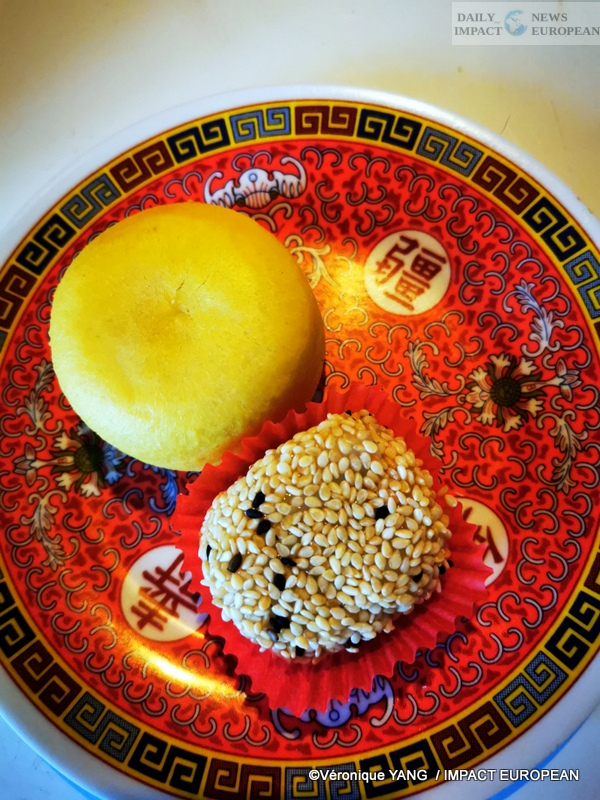
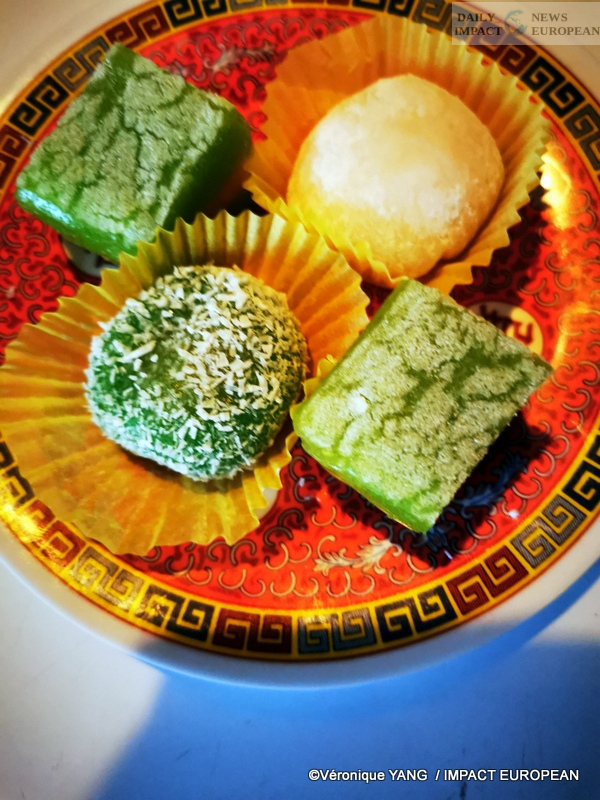
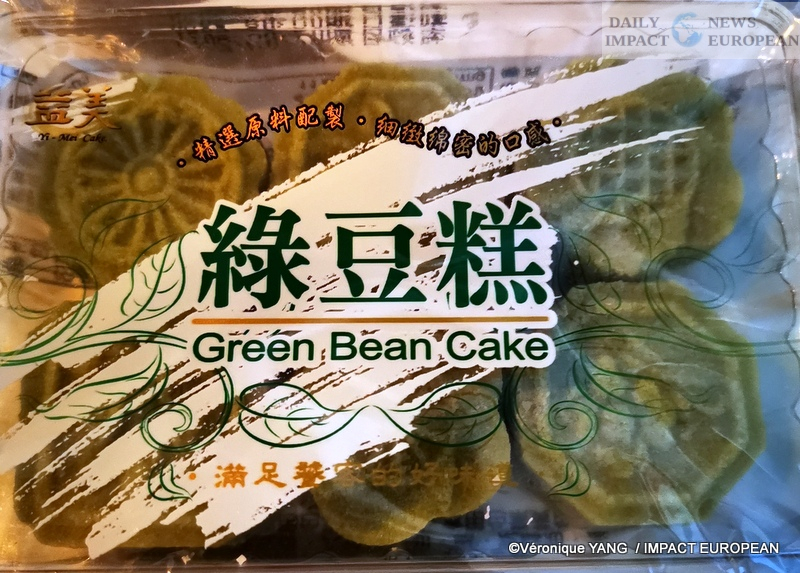
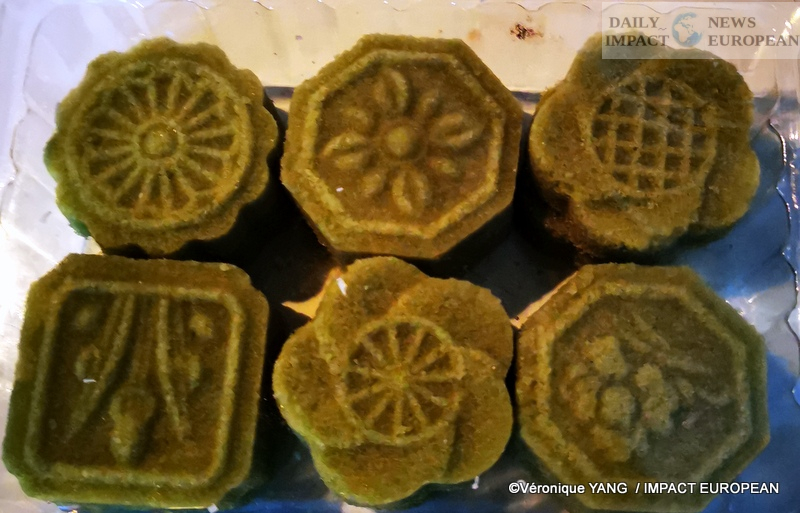
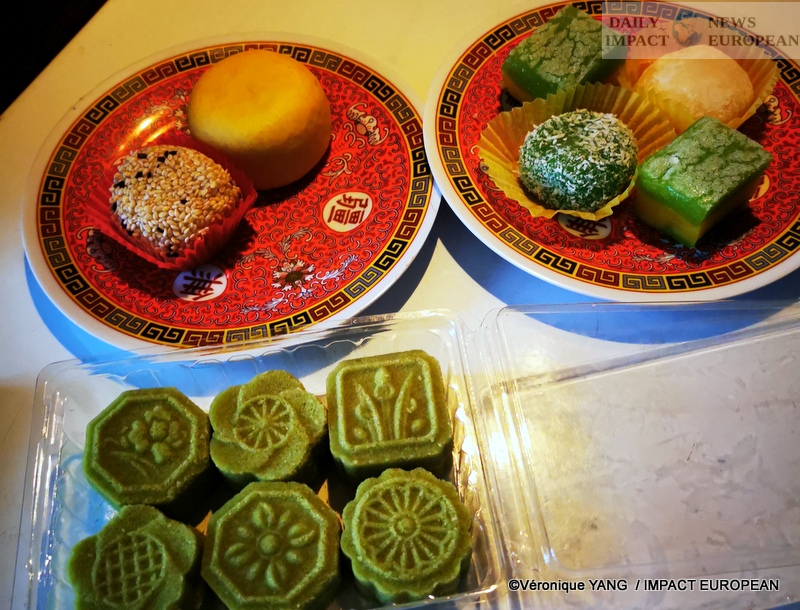

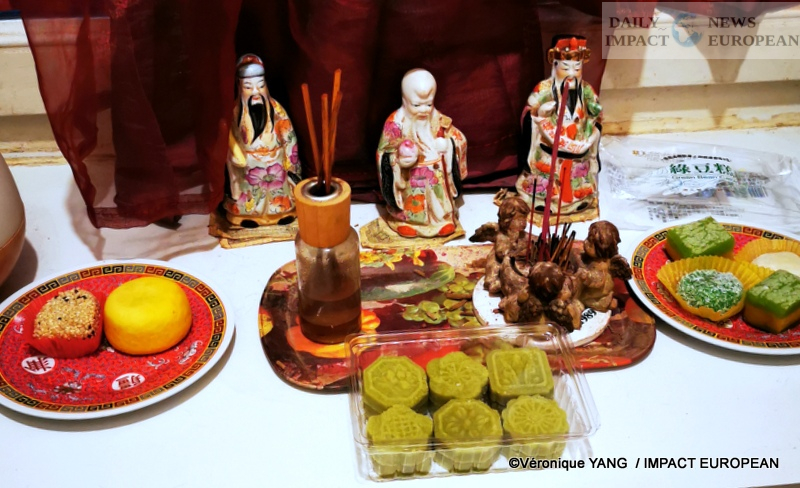
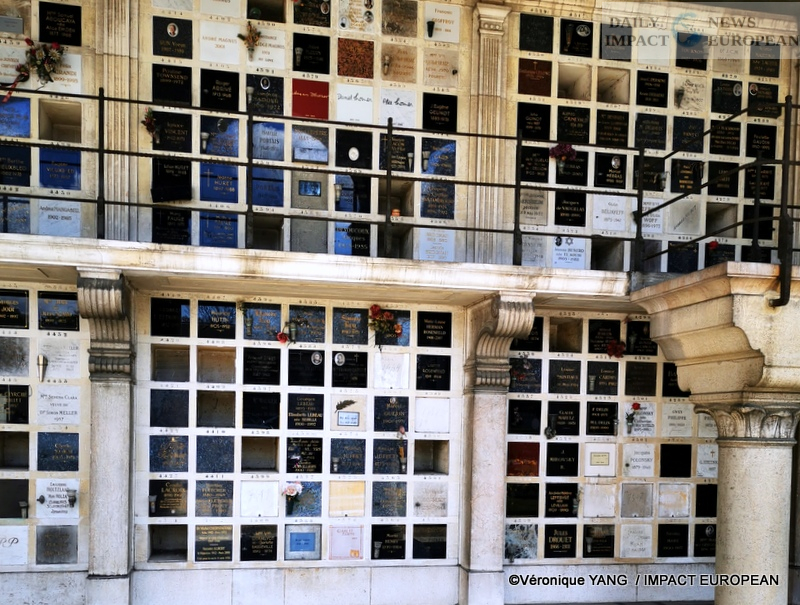

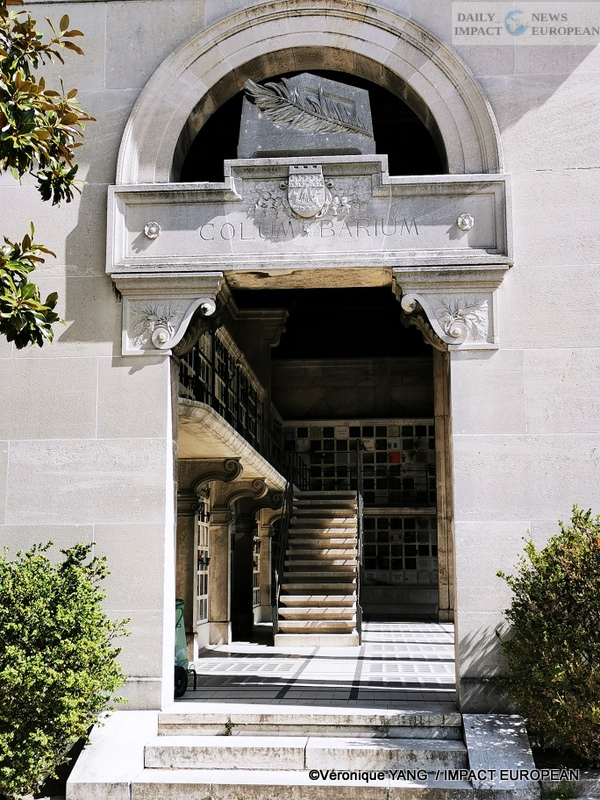
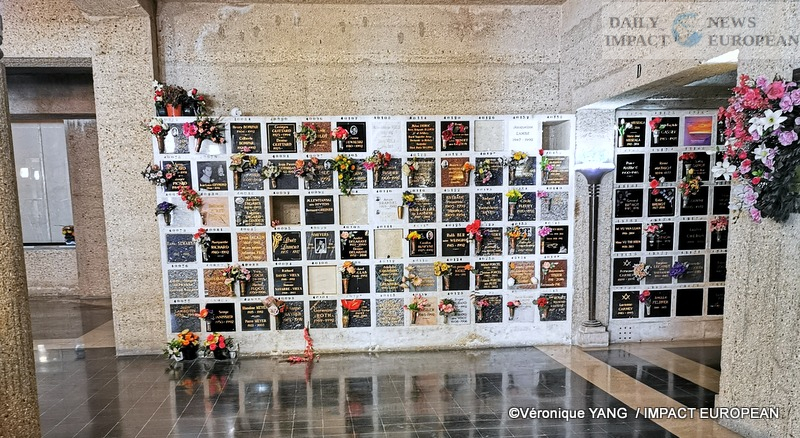

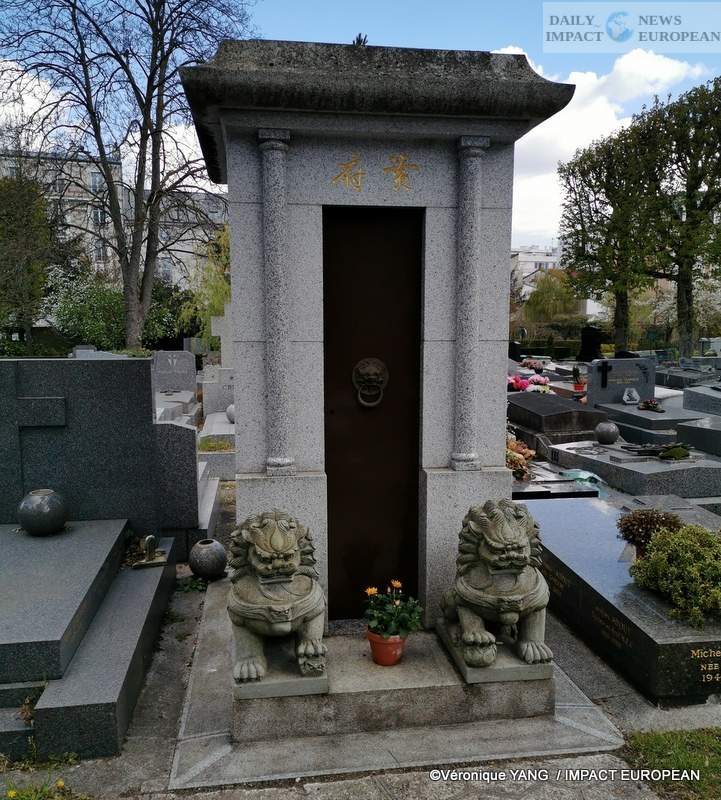
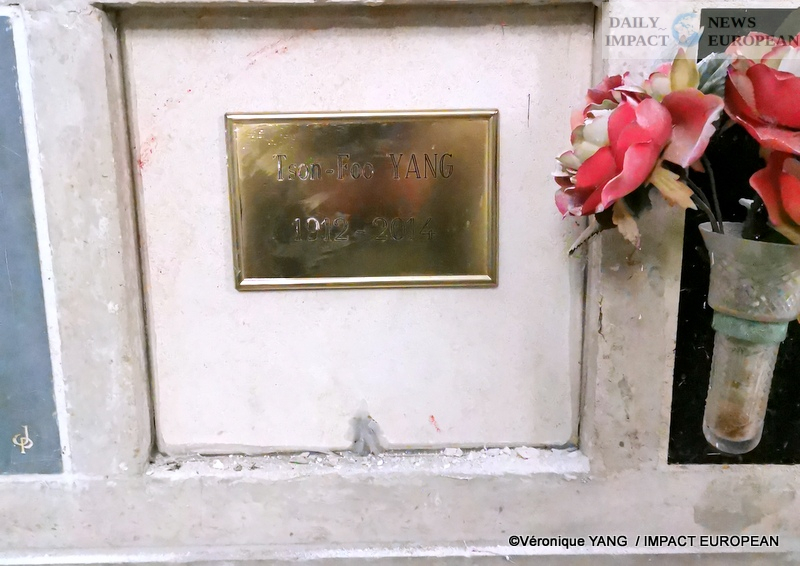

More Stories
METAL D’ALCOVE, the workshop of Eric KATZ, lighting sculptor in Montmartre
Paris Marathon 2024: Victory for Ethiopians at the Paris marathon
Gelsomina